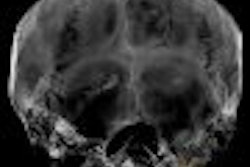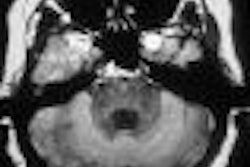Dear CT Insider,
Sixty-four-slice scanners are the new 500-lb gorillas of CT: capable of great feats in high-resolution imaging, but packing a potentially fearsome radiation dose. These days, as more and more of the MDCT behemoths lumber into clinical practice, researchers are working to tame their awesome powers for the benefit of mankind.
Few have approached this task with the dedication and expertise of Dr. Mathias Prokop, a professor of radiology at the University of Utrecht in the Netherlands and noted CT expert. In a "State-of-the-Art" symposium at the recent European Congress of Radiology in Vienna, Prokop discussed the promise of the new machines -- and the challenges associated with their use in high-resolution applications.
It's not that the new scanners are inefficient. On the contrary, he noted, increasing efficiency makes the dose jump from 32 to 64 detector rows negligible compared to the leap from one to four slices. But caution, and a measure of innovation, are needed to minimize the dose in high-end applications. In his talk, Prokop explained some of tools and tricks needed to prevail in the dose/noise trade-off.
The imaging results are impressive enough to give some high-end MRI exams a run for their money. Read more about high-resolution imaging in this issue's Insider Exclusive, made available to CT Insider subscribers first. Another article in this issue talks about the impact of more detector rows on CT urography.
Finally, you won't want to miss contributing editor Kate Madden Yee's report on MDCT versus EBCT for cardiac imaging. Is EBCT technology being pushed aside permanently, or is its star destined to rise again? Get the facts, and the speculation, here.




















